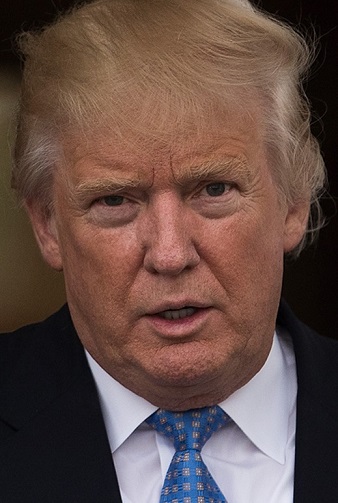How deep is the love?
By Daniel de la Rosa
In the latest fabric being stitched by the United States and its allies in Southeast Asia to contain Chinese ambitions over the South China Sea, the Philippines appears to be willing to make its own contribution to regional security by allowing access to U.S. military aircraft and ships – possibly without need for a permanent basing facility.
Senior U.S. and Philippine officials met January 26 and 27 to lay the groundwork for a “high-level consultation” next month. A statement from the Philippine Embassy announced a joint ministerial meeting in March to be attended by Secretary of State Hillary Clinton, Secretary of Defense Leon Panetta, Philippine Secretary of Foreign Affairs Albert del Rosario and Secretary of National Defense Voltaire Gazmin.
In the January meetings, the two governments reaffirmed their commitment to an “invigorated and expanded alliance capable of addressing 21st century challenges.” The phrase “deepened partnership” came up a lot in their joint statements.
Here’s a snapshot of the U.S. military network in Asia: The U.S. maintains a logistics facility in Cam Ranh Bay in Vietnam. A few years ago, joint naval exercises were conducted between the U.S. and countries such as Australia, India, Singapore, Malaysia and Brunei. As for the Philippines, the two countries continue their annual military exercises called Balikatan. With the U.S. already beefing up its presence in its territory of Guam, many analysts believe the U.S. will not need military bases per se.
All these diplomatic maneuverings seem aimed at forging a defense network to guarantee the independence of Southeast Asia which feels China is growing too fast and is turning into a regional bully.
If Manila said yes to “streamlined diplomatic clearance process,” it would allow unfettered access for U.S. ships and forces — nuclear or otherwise. Just a handshake and a wink between friends, despite noisy congressional hearings by grandstanding Filipino politicians.
It’s no secret that Manila and the U.S. rekindled their lukewarm friendship recently when China began encroaching on Philippine waters off Palawan. The U.S. began dropping hints it would come to the defense of the Philippines versus Beijing, touting the principle of freedom of navigation in the South China Sea.
Left-wing groups are already “denouncing” these latest attempts to rewrite the Philippine-U.S. defense pact and voicing their “disgust” at President Benigno Aquino III. But they are a minority. Many Filipino political organizations consider them irrelevant or a relic of a discredited ideology whose leaders are dinosaurs from a defunct Cold War.
In return for unfettered access with a diplomatic fig leaf, the U.S. is expected to assist in upgrading the military capabilities of the Philippines. This would include a Manila wish list that includes the top-of-the-line F-16 fighter bomber which would allow Manila at least a fighting chance in any dispute with China. The Philippines could also get some naval muscle with an agreement to supply it with corvettes or frigates that can be armed with ship-to-ship missiles so it will not be easily bullied.
The prospective negotiations are starting from a remarkably clean slate. At least one-third to probably one-half of the 100 million Filipinos have no memory of the U.S. bases at Clark and Subic, which were shut down more than 20 years ago. Clark was forever buried by ‘lahar’ from Mount Pinatubo. Subic shut down when the Philippine Senate rejected a proposal to allow the U.S. to use the naval base for another 10 years.
While there may be a generation of Filipinos who would be wary and worried at the prospect of talks with the United States on restarting a military relationship, several generations have grown up without that historical baggage.
Daniel de la Rosa is a freelance journalist in Manhattan.












China is showing its flag through the Chinese Naval power in the Pacific-region and China Sea. The Philippine Navy is no match to the powerful/modern Chinese navy.
Having the US Navy in around the region will benefits/protecet the Philippine and other nations in the area.
Remember when the US Navy was kicked out of Subic Bay Naval Base in the Philippines?
Over 7,500 Filipinos lost their jobs and thousands of support jobs were also lost due to the base being closed.
The Philippines has lost hundreds of millions due to this matter! Now China is looking to take over Filipino territory. It needs the presence of the US Navy in the Pacific region to secure the sea lanes in the region.